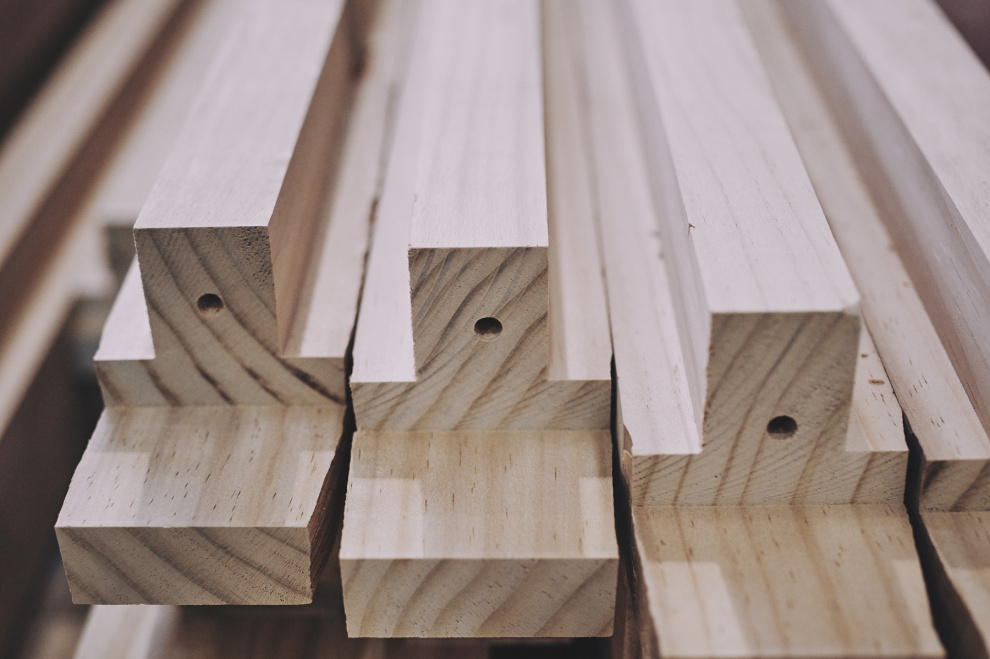
Delivered FY25 results significantly ahead of prior year with adjusted EBITDA up 125% year-on-year to Euro 10.8 million.

Delivered FY25 results significantly ahead of prior year with adjusted EBITDA up 125% year-on-year to Euro 10.8 million.

Longer-term expectations are even more bullish.
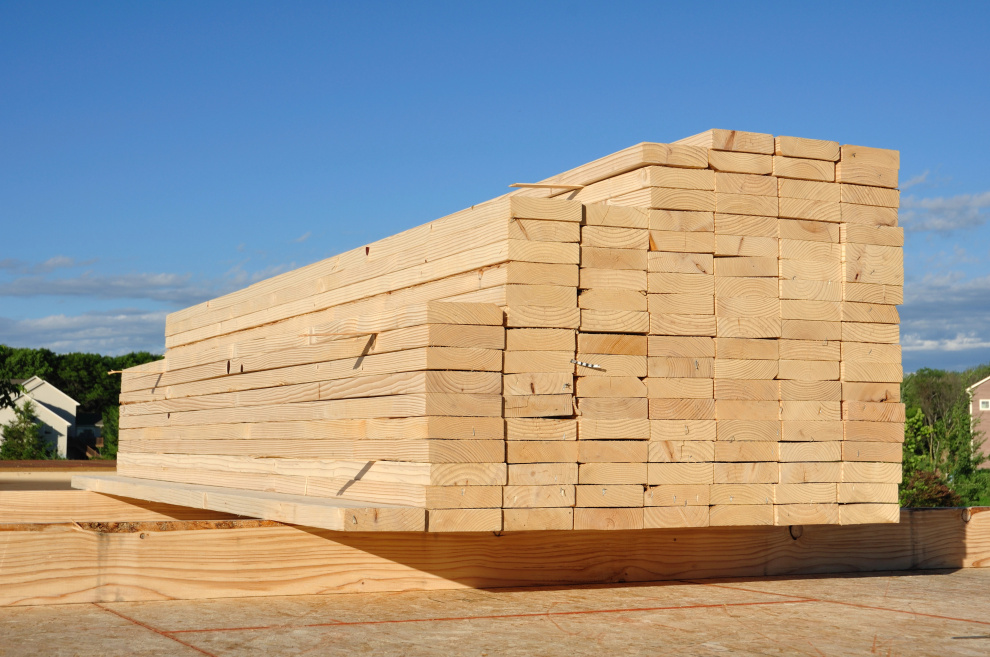
Protective packaging growth offsets broader softness.
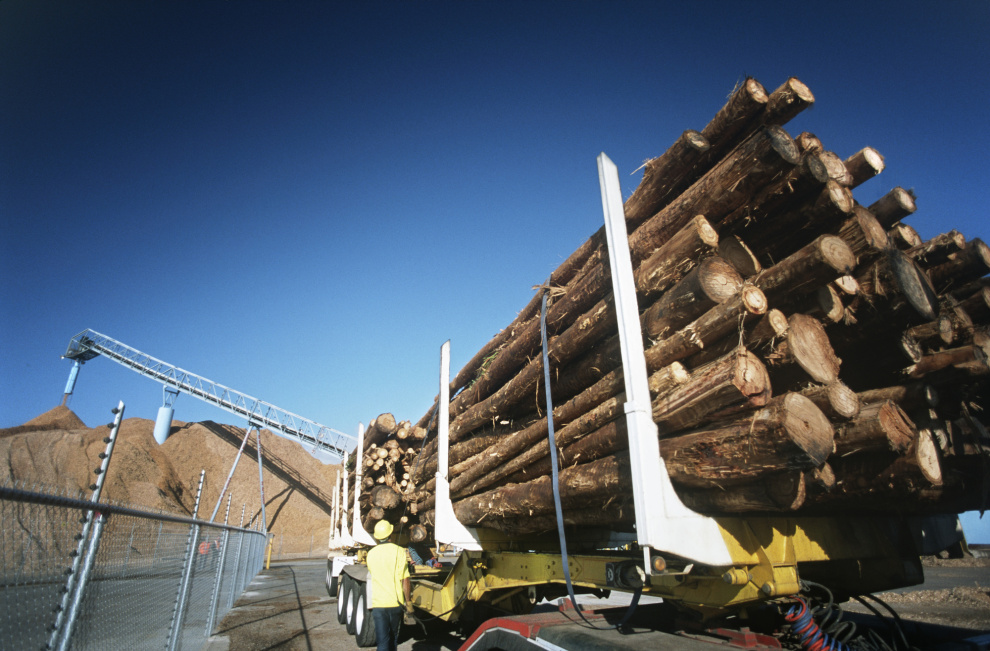
LEB adoption significantly increases permanent and unskilled workers while leaving skilled and temporary employment unchanged.
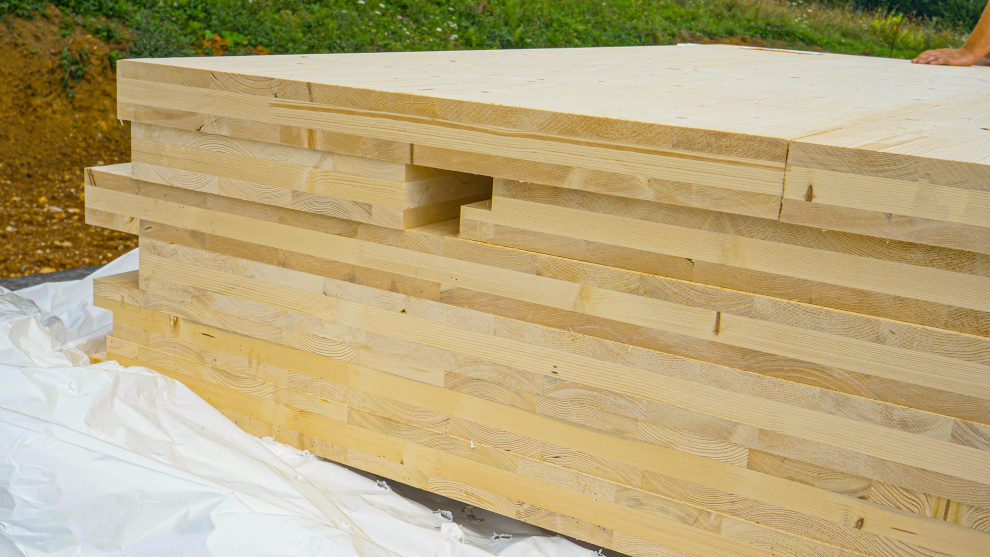
Stable demand and higher prices support sales gains, but EBIT falls 23% amid currency losses and inflation.

Mexico sees largest downgrade among major economies with a 0.3% contraction projected.
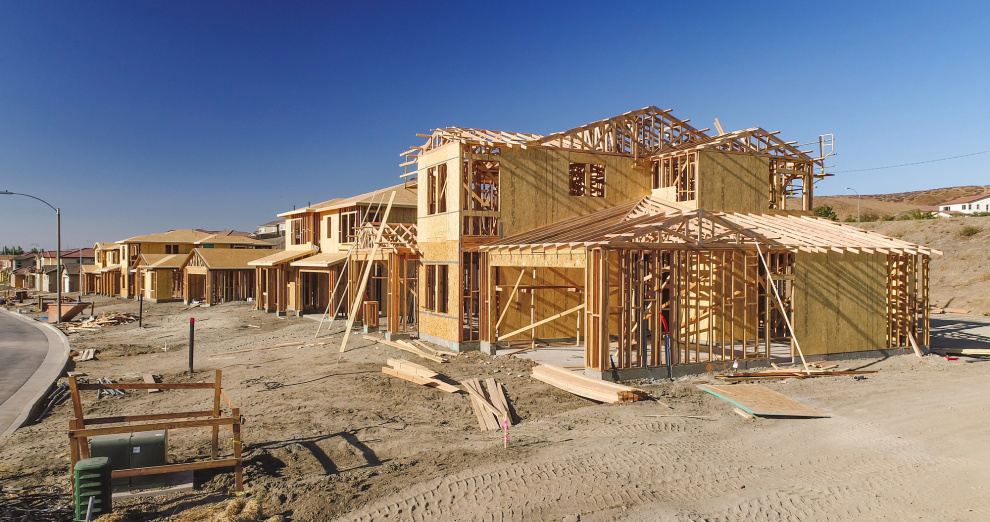
Home closings fall 7% while average selling price rises to $570,000.
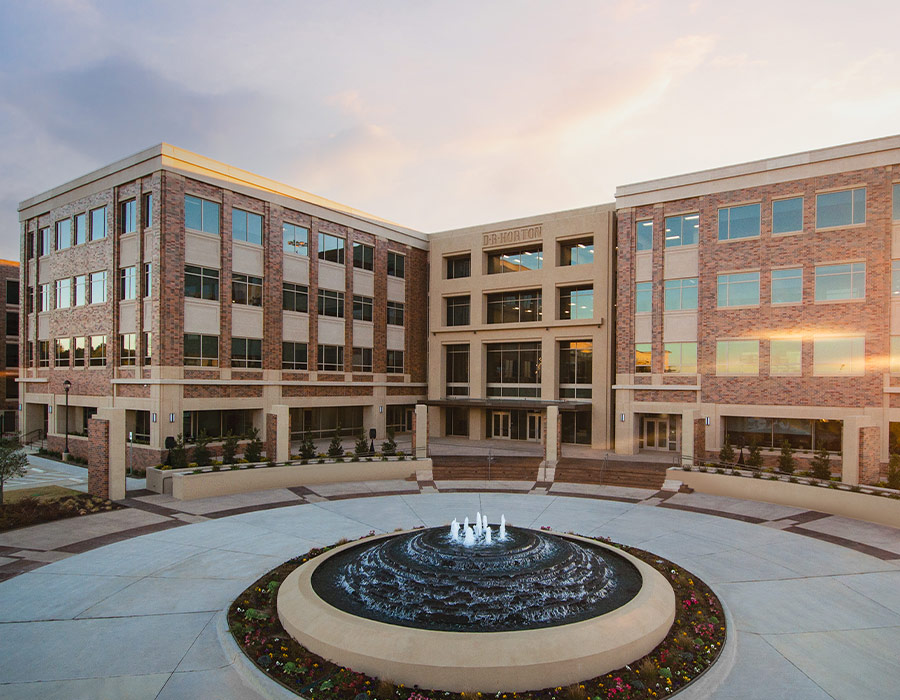
Order backlog shrinks 21% as Southeast and South Central regions lead declines.

Under age-dependent risk, salvage operations raise land value to $9,261/ha and delay harvest to 46 years.

Furniture demand drives OSB and particleboard growth while exports fall and investment remains weak.
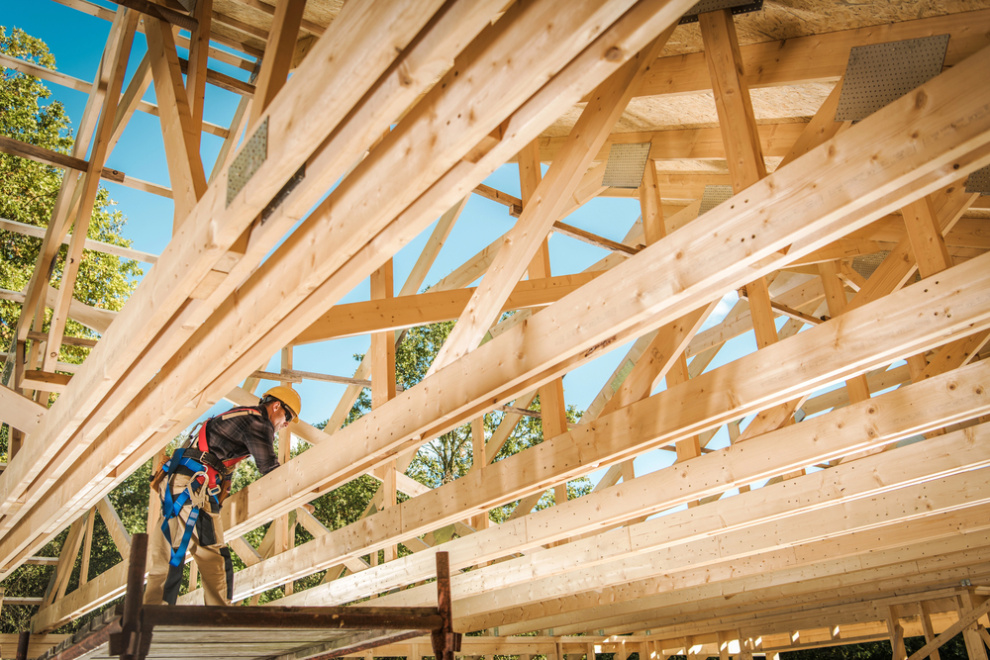
Detached house construction grows 14% while housing cooperatives add 700 units in 2025 outlook.
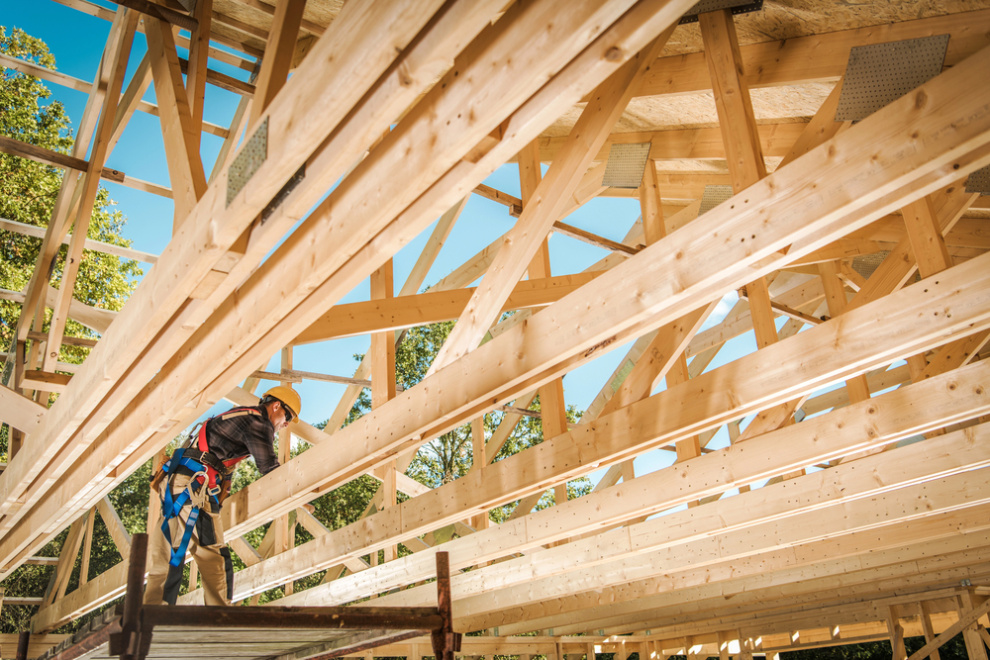
High unemployment and stalled construction investments raise concerns despite inflation exceeding 2% target.

A hypothetical 10 percentage point increase in U.S. tariffs on all non-commodity imports could cut global GDP by 0.3% and reduce U.S. household incomes by $1,600, OECD predicts.
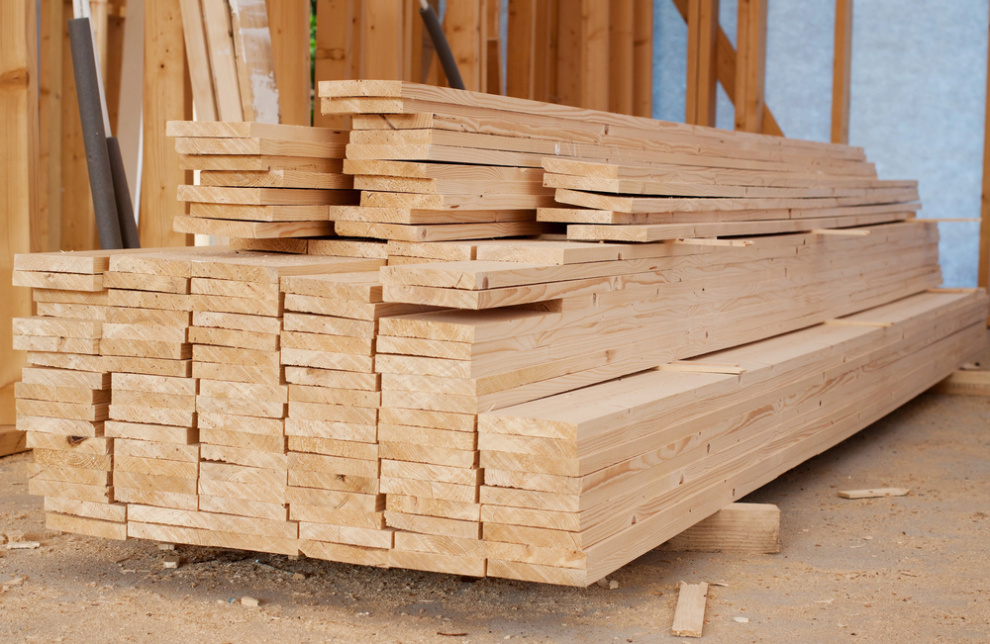
22% of Swedish construction companies say they currently have more staff than needed.
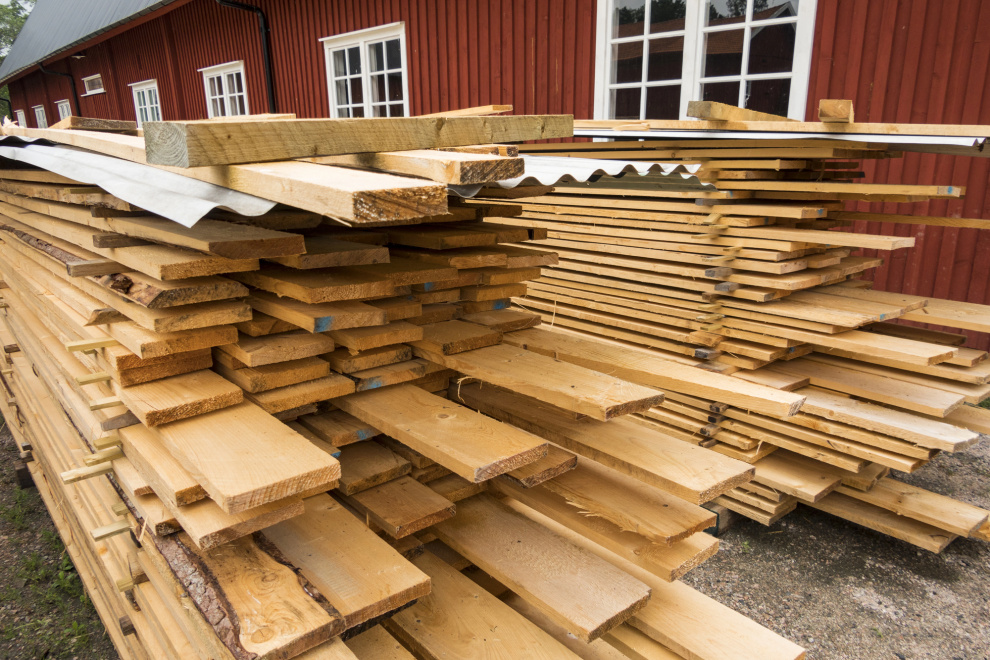
Sawmills struggle with poor margins as timber prices surge and supply tightens.